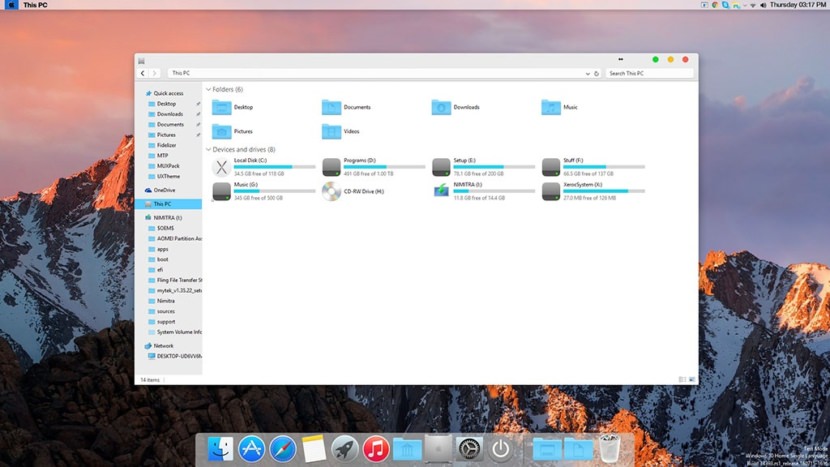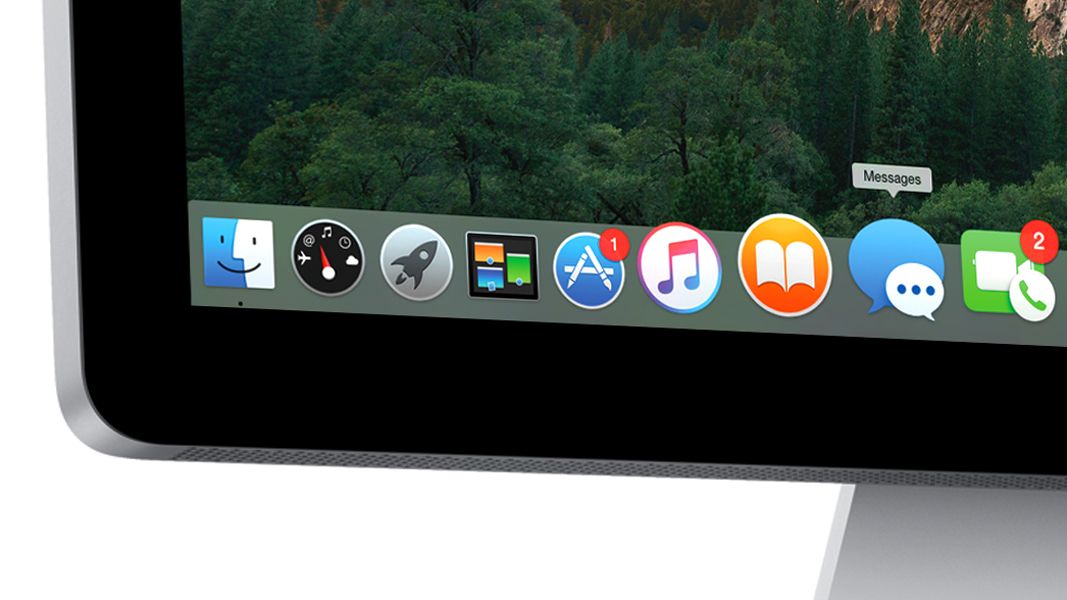

It all helps you keep focus and open the windows you want when you want them. Then there’s Alt + Tab, which is a beautiful experience, showing live previews of your open windows in the background. With Windows 11, you also can use a keyboard combination to snap and move your windows around.

Just slide a window to any side of the screen, and the system will visually preview where you can snap to. Perhaps the most convenient aspect of this feature is the “snapping” aspect. Three Microsoft Edge windows side by side in a vertical column? Talk about productivity! Arif Bacchus/Digital Trends On external monitors, this proves useful, as you can find ways to make use of all the space on your screen. There’s also another option where you can open four windows into a square format. One of my favorites is “side by side,” where two apps can run next to each other at all times. Just hover over the maximize button, and you’ll see the different options pop up. With it, you can automatically select, choose, and stack your open windows in up to six different ways. If there’s one thing I love about Windows 11, it’s the way it handles multitasking, which Microsoft calls Snap Groups.
PASHUA FOR MAC OS X MAC OS X
All these files ship as part of Mac OS X 10.1. The /usr directory and its subdirectories are not accessible from the Finder, you will have to use the Terminal application to delete the following files. Kerberos.loginAuthenticator (folder) (part of Mac OS X) Once you've logged in as root, delete the following: (You may want to disable the root account again once you're done.)
PASHUA FOR MAC OS X HOW TO
If you have not enabled the root account, see the Apple Tech Info Library article Mac OS X: About the root User and How to Enable It. If you insist on continuing, be very careful when deleting files to make sure you are deleting the ones listed below, otherwise you may delete a file vital to the operating system and make your system unusable. This page is only provided as a reference. The uninstall in the installer will remove everything below. WARNING: Some Kerberos for Macintosh components are now included with Mac OS X 10.1, and so you really shouldn't remove them because they're part of the OS. The layout of items, particularly in the /usr/lib subdirectories, was different in earlier releases. You should not uninstall Kerberos from Mac OS X 10.2. The instructions below apply only to Kerberos for Macintosh 4.0.x on Mac OS X 10.1.x. NOTE: If you are thinking of removing Kerberos for Macintosh 4.0.x because it is telling you that it has expired, you should instead download an updated version of Kerberos for Macintosh. If for some reason you must remove Kerberos for Macintosh by hand, see below.
PASHUA FOR MAC OS X FOR MAC OS X
The uninstall feature of the installer will also uninstall previous versions of Kerberos for Macintosh for Mac OS X and the Kerberos included with Mac OS X 10.1. To remove/uninstall Kerberos for Macintosh 4.0.x on Mac OS X 10.1, you should the "uninstall" feature of the installer.
On Mac OS X 10.2, since Kerberos is an integral part of the OS, you should not attempt to remove it. These instructions apply only to Mac OS X 10.1. Uninstalling Kerberos for Macintosh on Mac OS X 10.1 Uninstalling Kerberos for Macintosh on Mac OS X


 0 kommentar(er)
0 kommentar(er)
